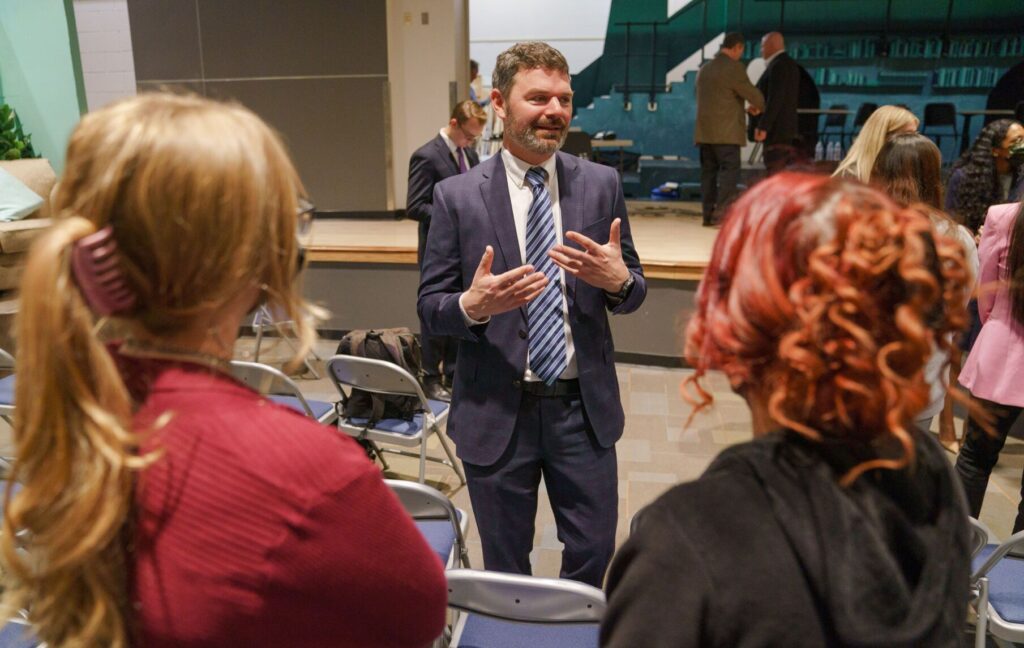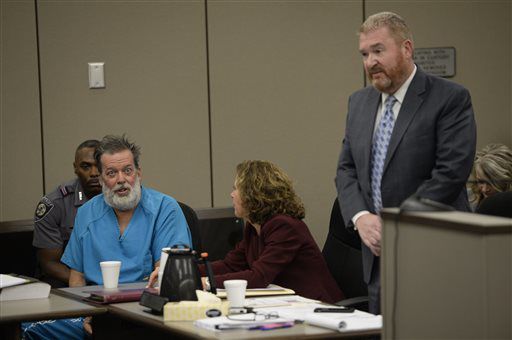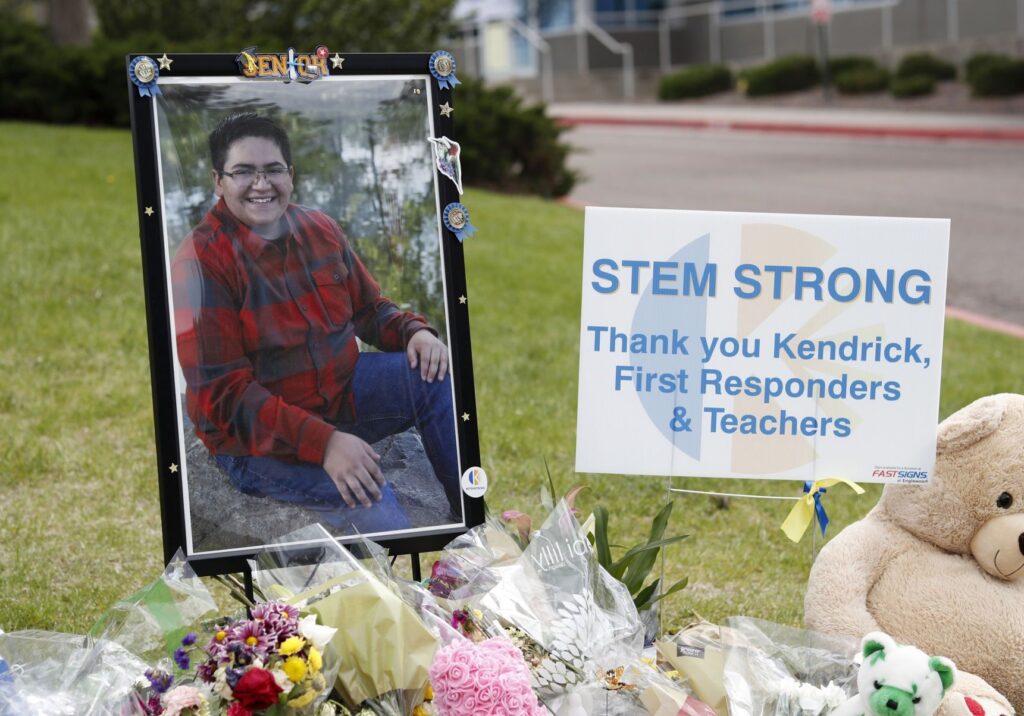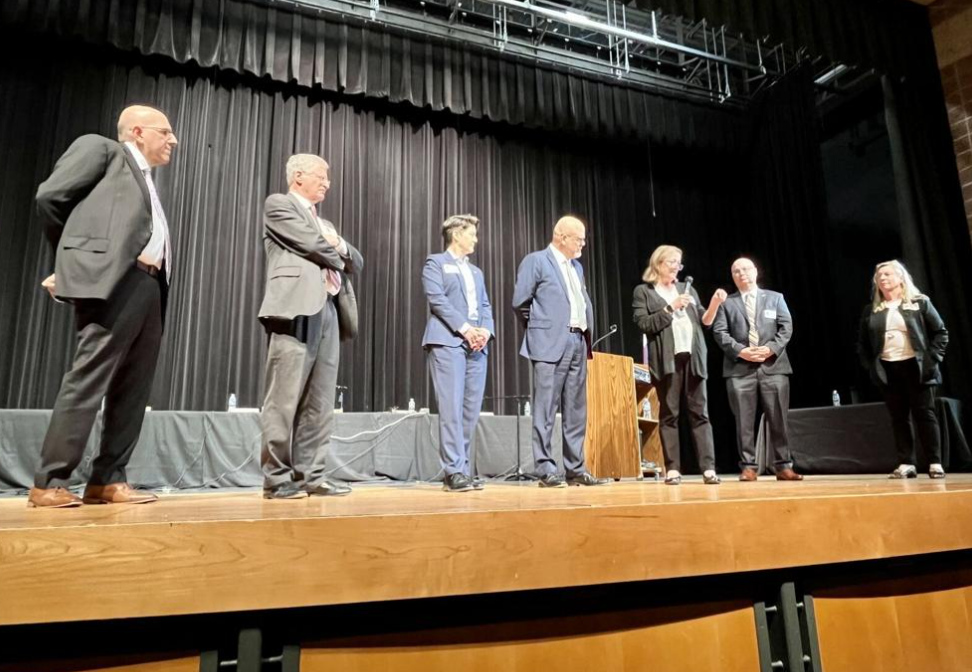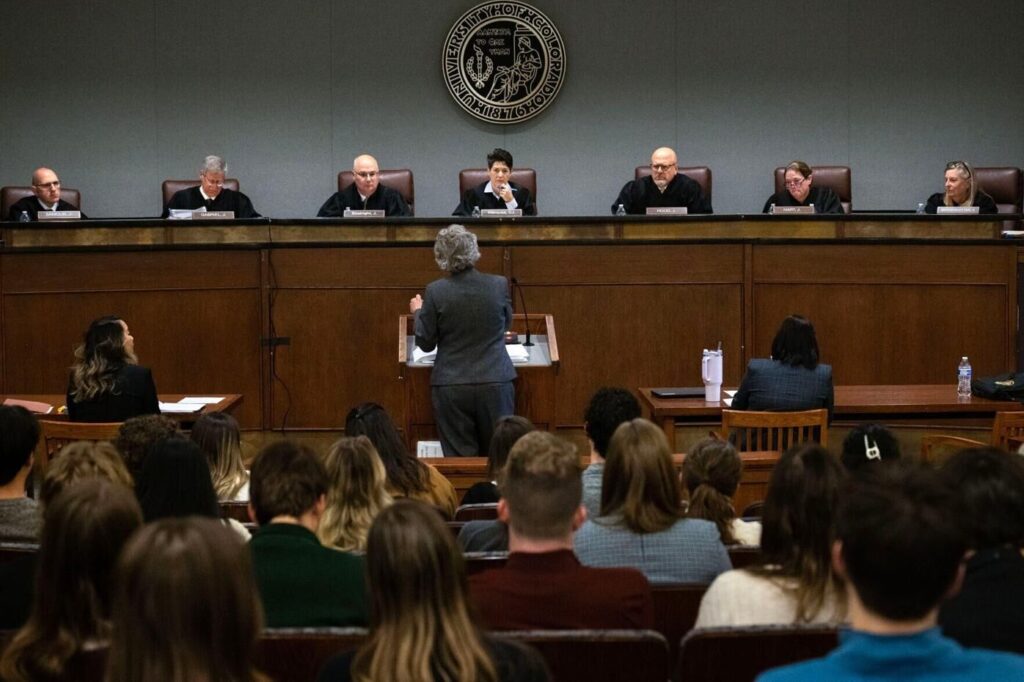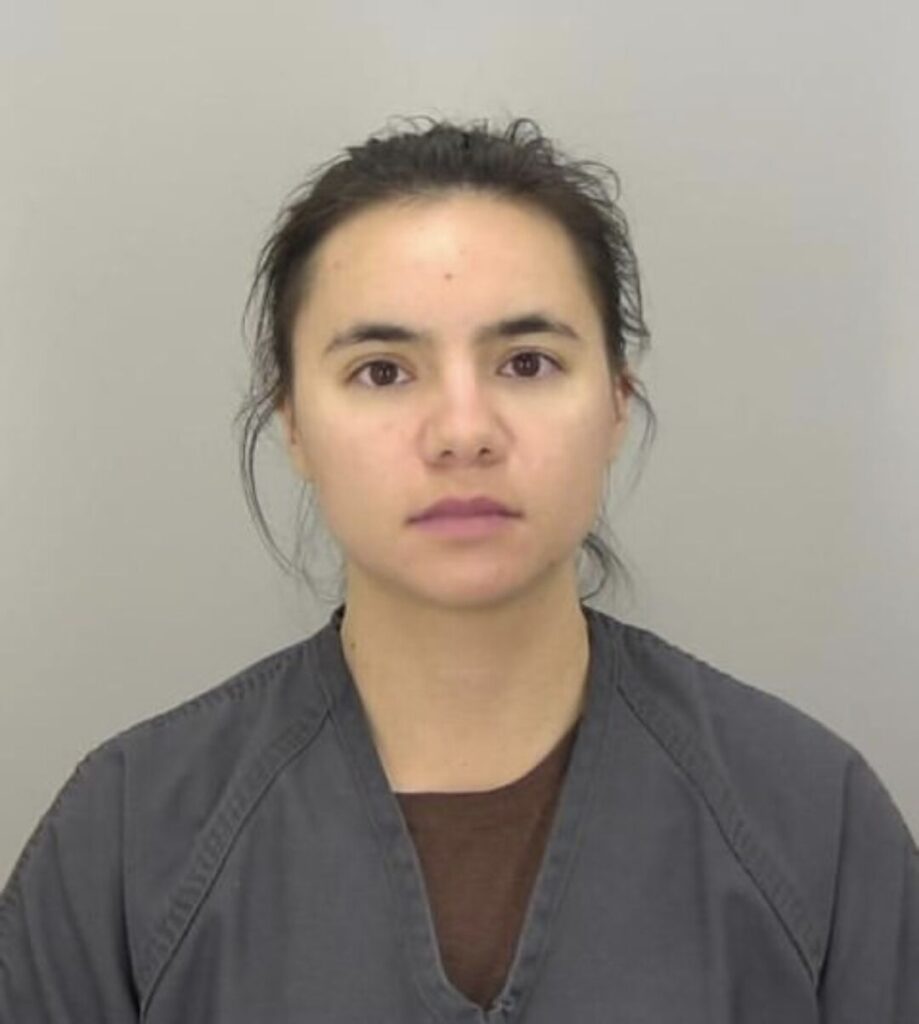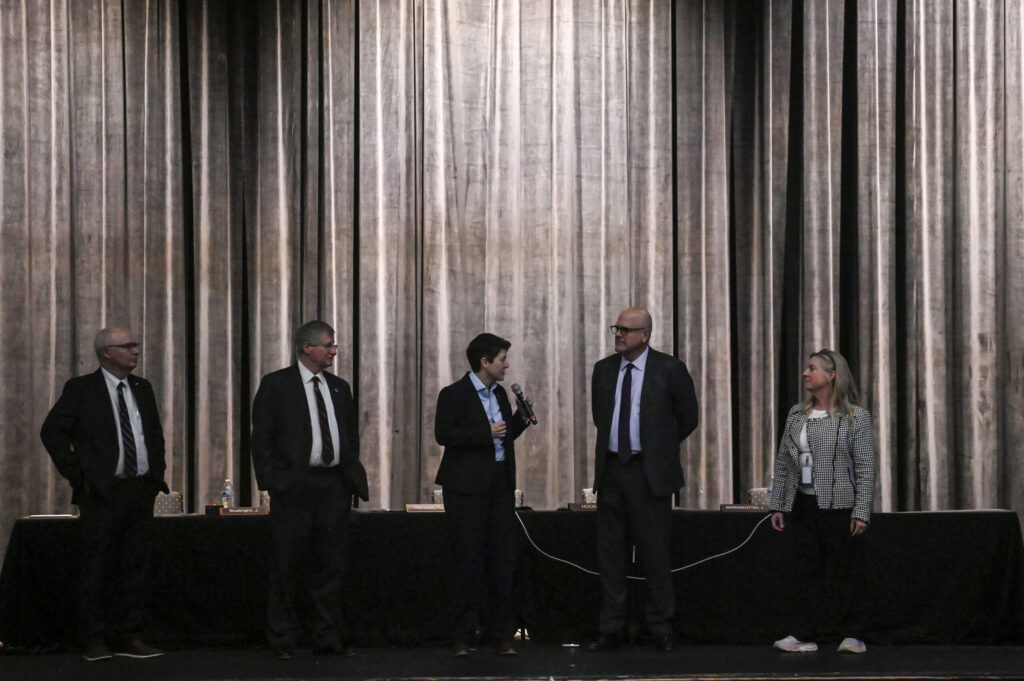Arapahoe judge violated man’s rights, Supreme Court finds in reversing murder conviction
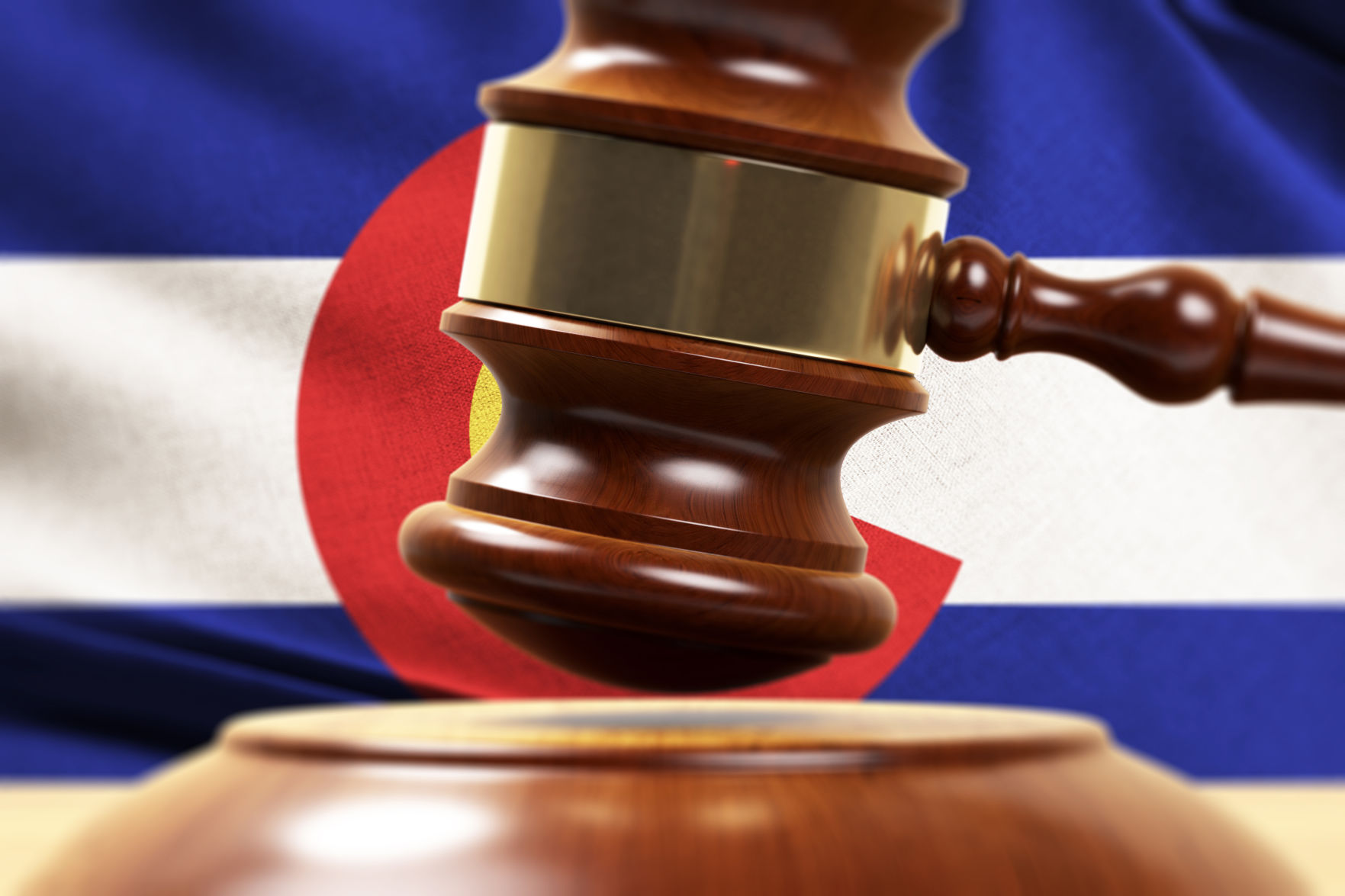
An Arapahoe County judge violated a man’s constitutional right to present a full defense by deciding he could not reference the gunshot residue found on another potential murder suspect, the Supreme Court decided on Monday.
In its 6-1 ruling, the justices upheld a lower court’s reversal of Elmo Jesse Johnson’s first-degree murder conviction. Johnson, of Aurora, is serving a life sentence after a jury convicted him of murdering his girlfriend, Danielle Griego, in 2014.
The Fourth Amendment prohibits unreasonable searches and seizures, the evidence from which prosecutors are barred from introducing at trial. However, the U.S. Supreme Court created an exception if a defendant lies on the stand, knowing that the government cannot introduce contrary evidence. The issue before Colorado’s justices in Johnson’s appeal was whether truthful evidence, even if it presented only part of the story, could be used to mount a defense without opening the door for prosecutors to brandish the suppressed evidence.
They answered in the affirmative.
The trial court prevented Johnson “from presenting truthful testimony that supported his alternate suspect theory. And in so doing, Johnson’s constitutional right to present a complete defense was violated,” wrote Justice Maria E. Berkenkotter in the majority opinion.
On the night of the murder, Johnson was living in an apartment with his sister and his brother-in-law. The next morning, Griego’s mother discovered her body on a couch in the apartment, with Johnson lying next to her, unconscious from drug and alcohol use, according to court documents. The mother called 9-1-1, but in the meantime, Johnson’s sister picked up two shell casings near the body, rinsed them and put them back down again.
At the hospital, while he was unconscious, police performed gunshot residue swabs on Johnson. Officers also did GSR tests on Johnson’s sister and Griego’s mother. All three tests returned positive for gunshot residue. There was also Griego’s blood on Johnson’s clothing and ammunition in his pocket.
Johnson argued police obtained GSR evidence from him without a warrant in violation of the Fourth Amendment, and the trial court agreed to suppress the results. However, District Judge Michelle A. Amico then told the defense Johnson could not “mislead the jury” into believing he was not tested or he tested negative. Johnson, therefore, could not offer evidence of his sister’s positive GSR test, or else prosecutors could then reference Johnson’s results.
Amico’s ruling prevented Johnson from fully arguing his theory at trial that his sister was the shooter. He then appealed his conviction.
By 2-1, a panel of the Court of Appeals agreed with Johnson in 2019, finding Amico forced Johnson to choose “between enforcing his right to be free from unreasonable searches and his right to present a complete defense.”
The government asked the Supreme Court to review that decision. Senior Assistant Attorney General William G. Kozeliski defended Amico’s actions, saying the prohibition on any gunshot residue evidence prevented the jury from thinking Johnson was not tested, which the parties knew to be untrue.
“When the final ruling comes down, the trial court is saying and explicitly says, ‘I think if the defendant presents the one test from the sister, then that will mislead the jury. So as a result, I’m not going to let the defendant present this evidence in isolation.’”
Some justices during oral argument did not see an issue with suppressing illegally-obtained evidence while allowing Johnson to bring up similar evidence elsewhere. The jury “would not have inferred something false unless it speculated,” pointed out Justice Carlos A. Samour Jr. “Why wouldn’t it have sufficed for the court to just say, ‘Members of the jury, you’re not allowed to speculate about whether anyone else was tested and, if so, what the results were, and if not, why not’?”
He added: “We suppress things all the time. We suppress statements. And we don’t tell the jury we suppressed evidence or suppressed statements, and we don’t tell them why. And we live with that.”
Berkenkotter, in the majority opinion, worried that police misconduct might increase if prosecutors could introduce illegally-obtained evidence in response to truthful statements at trial. She also pointed out Johnson’s defense attorney told the trial court he would not ask questions involving Johnson’s own GSR test or seek to characterize the investigation as lacking thoroughness given the seeming absence of Johnson’s test results.
“Had Johnson been able to fully explore [his sister’s] GSR evidence, the jury could have believed that she fired a gun around the time of Griego’s murder, and such belief could have supported an inference that Johnson was not responsible for the murder,” Berkenkotter added.
In the minority was Justice Monica M. Márquez, who believed Amico properly denied all reference to GSR testing. Even if Johnson’s attorney did not plan to suggest to the jury that Johnson was not tested or tested negative for gunshot residue, such an implication was “natural, obvious, helpful to the defense — and indisputably untrue.”
She believed the trial court rightly decided that jurors were best positioned to understand the truth if they heard about all three people in the apartment testing positive for gunshot residue, or else heard no evidence at all about it. Deciding otherwise, Márquez concluded, allowed defendants to “exploit” the rules governing illegally-obtained evidence.
The case is People v. Johnson.


